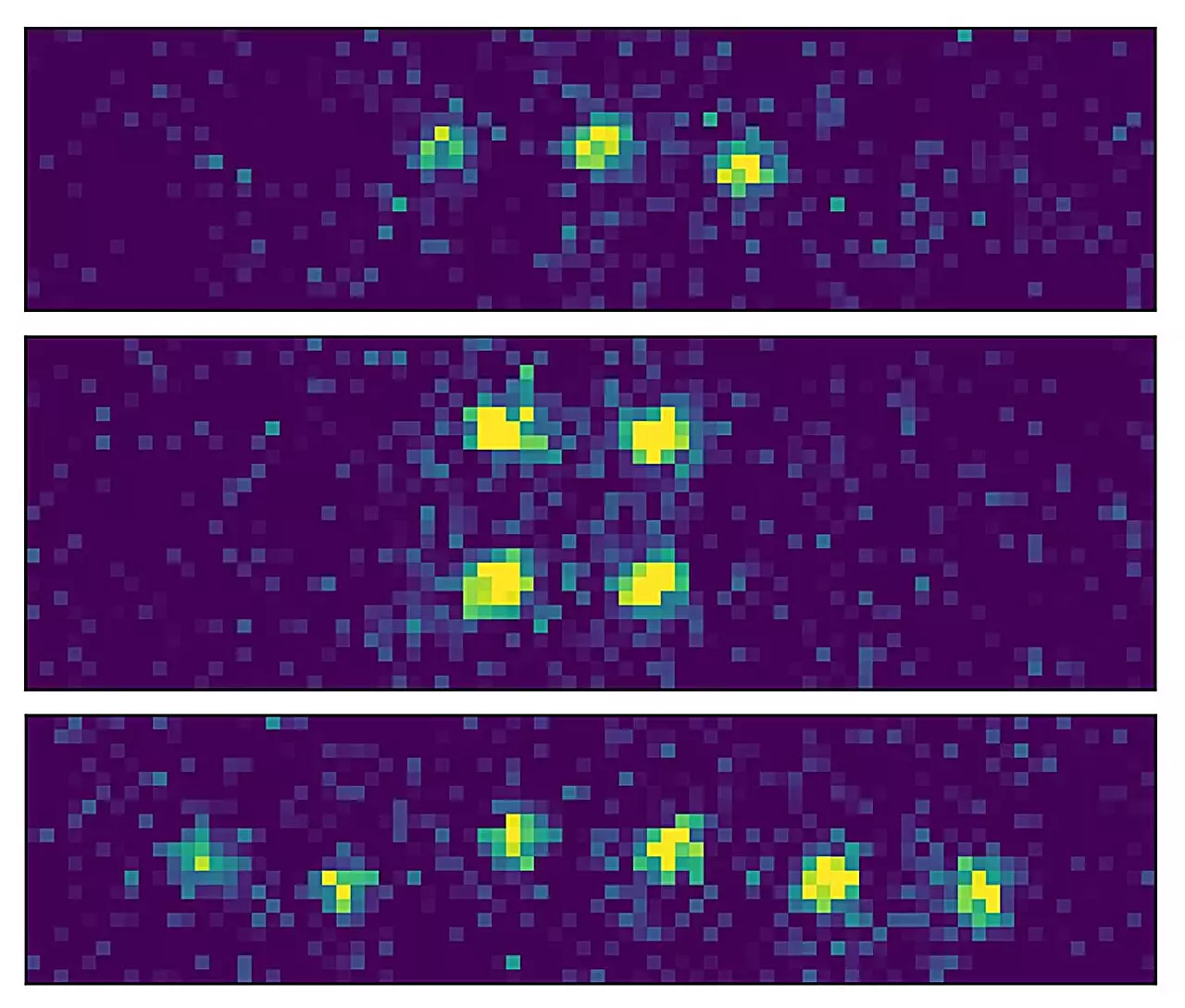Quantum entanglement, often described by Albert Einstein as “spooky action at a distance,” remains one of the most profound mysteries and remarkable tools in the field of quantum physics. As the essential building block of quantum information technology, entanglement facilitates bewildering phenomena like teleportation and superdense coding. It represents a shared state between particles—where the state of one particle is instantly linked to the state of another, regardless of distance. In recent years, this concept has taken a front-row seat as the prime resource for quantum computing and for paving the way to a quantum internet that promises significantly faster and more secure communication systems.
However, achieving effective entanglement remains fraught with technical challenges. One of the great hurdles comes from the need to entangle stationary quantum bits, or qubits, with mobile qubits represented by photons in a reliable and consistent manner. The recent advancements made by Gerhard Rempe and his team at the Max Planck Institute of Quantum Optics in Germany shine a light on how these challenges can potentially be overcome.
The Breakthrough: Controlling Qubits with Precision
Published in the prestigious journal Science, the groundbreaking research details how the team succeeded in entangling multiple atoms—set as resting qubits—parallelly with photons. This approach unveils a new frontier in quantum technology by promising what they term as “deterministic” entanglement. Utilizing a setup where rubidium atoms are trapped between two ultra-reflective mirrors, the researchers employed a technique that guarantees reliable interaction with photons. This method allows photons to bounce back and forth within the confines of the resonator, enhancing the chance of creating an entangled state.
The utilization of optical tweezers was particularly ingenious, allowing the researchers to individually manipulate several atoms with surgical precision. This technique stands as a testament to the evolution of quantum experimental techniques and the unyielding push towards engineering control over quantum states. The implications of achieving almost 100% efficiency in photon-atom entanglement cannot be overstated, especially in the context of transmitting quantum information across vast distances.
Multiplexing: Bridging Gaps in Quantum Communication
An important milestone discussed in this study is the concept of multiplexing, a method borrowed from classical information technology. Multiplexing allows for the simultaneous sending of signals through various channels, meaning that the probability of successfully transmitting data increases. Transferring this concept to quantum systems, where maintaining entangled states over long distances is critical, presents complex challenges but also incredible opportunities.
The team’s innovations in multiplexing mark a significant stride towards creating a robust framework for quantum information networks that could span greater distances than ever thought possible. The parallel entanglement of resting qubits with flying qubits through multiplexing lays the groundwork for what could potentially evolve into a comprehensive quantum internet, linking various quantum computers across geographical boundaries.
Future Prospects: Scaling Quantum Technologies
While the study primarily dealt with entangling multiple qubits within a resonator with unparalleled efficiency, the researchers have their eyes set on future scalability. The potential to manage up to 200 atoms in a single resonator could revolutionize the capabilities of quantum computers. Picture a scenario where numerous resonators, each containing a multitude of resting qubits, could interconnect seamlessly, leading to the creation of a distributed quantum computer of immeasurable power.
This ambitious vision of a quantum network relies not only on the successful entanglement of particles, but also on ensuring that photons do not degrade or become lost in transmission—a problem that has historically hindered the development of effective quantum communication systems. By addressing this, researchers like Rempe and his team are not merely advancing theoretical physics; they are laying the groundwork for practical implementations of quantum communication and computing.
The Revolutionary Role of Optical Tweezers
The technique of employing optical tweezers deserves special mention, as it signifies a remarkable achievement in experimental physics. These highly focused laser beams offer an unprecedented level of control, enabling scientists to manipulate individual atoms precisely even within micrometer spaces. This practice is not only a crucial technical advancement but also reflects the skill and expertise required in modern quantum physics experimentation.
In overcoming complexities associated with the tight confines of resonators, the Garching team has set a benchmark for future research, proving that it is possible to achieve high precision in the manipulation of quantum states. This opens up new avenues for the use of optical traps and other fine-tuned technologies in furthering quantum experiments.
In light of these developments, the future seems brighter than ever for the quantum field, and with continued research and innovation, the dream of a functional quantum internet may be tantalizingly close to realization. Research efforts like those from Rempe’s team not only pave the way for technological advancements but also inspire a new generation of scientists to explore the vast and spectral realm of quantum physics.


Leave a Reply